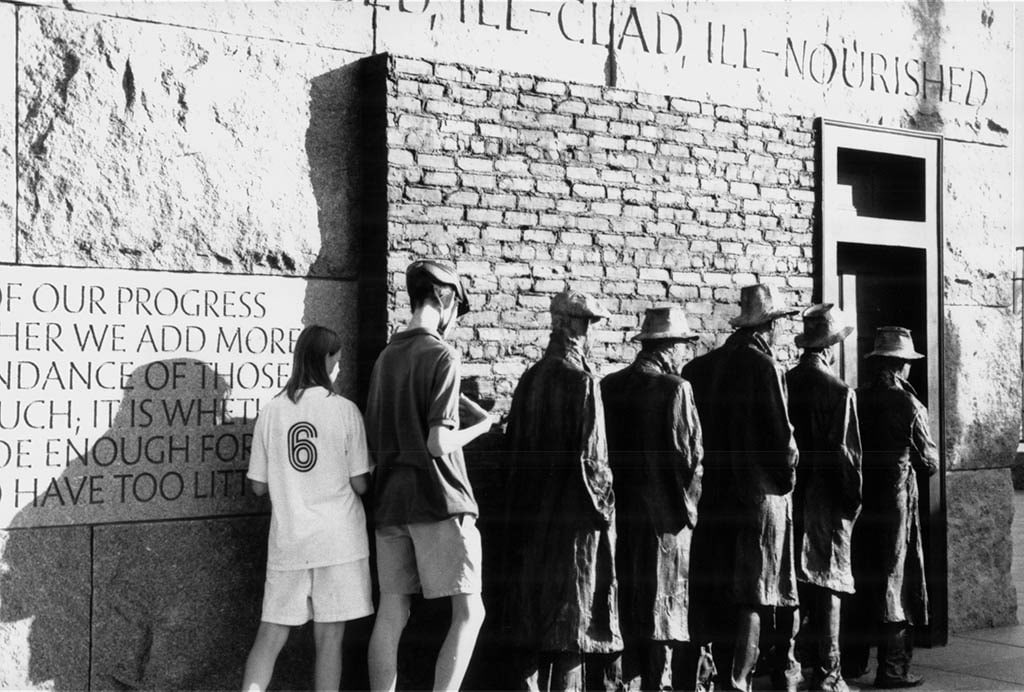
The latest official unemployment figure in the US, released in September, stood at 3.7%, a figure unheard of since 1969, which puts it on the brink of full employment. Or does it? Because despite the data, and annual GDP growth of 4.2%, there is widespread malaise in US society (which shares some of its ills with other developed societies). It was a malaise Donald Trump tapped into to win in November 2016. Now he wants to make political capital out of the good data. The unemployment rate stood at 4.7% when he entered the White House at the start of 2017, and economic growth under Trump is higher than the Obama Administration had been forecasting. Will Trump be overshadowed by Obama’s legacy, which is extensive? Although many people do not understand statistics, they do feel them.
Various things related to jobs are happening in the US. The rate of employment relative to the population (60.4%) is still below pre-crisis levels in 2007 (62.9%). The official unemployment measure is known as U3, but there is also U6, which rises to 7.5% by including those who were looking for work until recently, but have given up, and those that work part-time and want to work full-time.
Many people have stopped registering as jobless, having lost confidence in their ability to find work. In the case of irregular immigrants, the growing ‘shadow population’ avoids registering, owing to the Trump Administration’s policy of separating families. Meanwhile the so-called gig economy –comprising freelancers, informal workers, the self-employed and the like– is growing, thanks especially to digital platforms, and although there are no reliable gauges of its size, one estimate puts it at a third of the workforce, or 57 million.
Wages are growing slowly, much less than the economy, more upwards than downwards, despite Trump’s promise that they were going to climb by an annual average of US$4,000 per worker. The working poor have been a feature for some time, one that Europe began to import as it emerged from the crisis.
Unemployment among the young (19-24 year-old) is below pre-crisis levels, but is still three times higher than general joblessness (and much higher among racial and ethnic minorities). A significant number of young people are burdened by the debt of having to pay for their university education, the cost of which has rocketed. The Democrats complain that the price of textbooks has risen 90-fold since 2006. Those millennials (aged 18-34) who have found work are earning 43% less than the preceding generation did in 1995, at an average age of 35.
Many European countries would like to grow and create jobs at the same rate as the US. This, however, is not the reason for mentioning the figures here but rather the fact that they are being bandied about in the run-up to the congressional elections on 6 November, half-way through Trump’s term. In part what is at stake is the ‘Trump economy’ vs the ‘Obama economy’, although Obama is not a candidate and does not accept the idea of the influence of an Administration, or a single President, on the economy, despite the fact that more jobs were created under his leadership, year after year, than up till now under Trump. Of course, some voters (such as working-class white males) blame Obama for their woes.
The Democrats still lack a new manifesto. New personalities continue to emerge, and they are debating at length. And from among such personalities, in the run-up to 2020, a new vision may emerge. In politics, ideas need to have personalities attached. For the time being, Trump personifies his and is looking confident.


